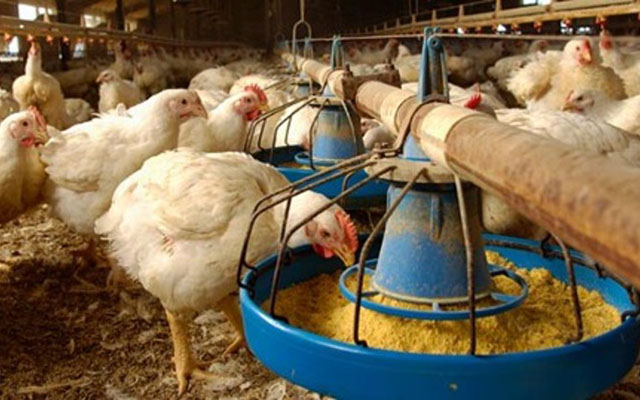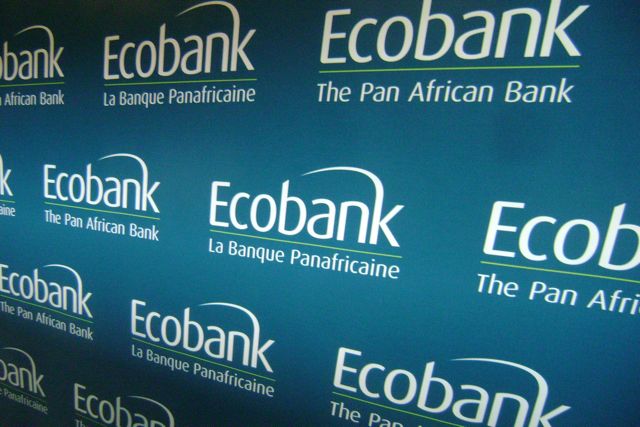Hidden contours for successful value addition

Charles Dhewa Features Writer
Contrary to views circulating in policy and private sector circles, adding value to agricultural commodities is not a preserve of the manufacturing sector in Zimbabwe.
To the extent that conventional formal manufacturing borrows from age-old informal food processing practices at household and community level, value addition is much older than industrial agriculture.
Zimbabweans have been processing crops and animal products since time immemorial. When formal companies and policy makers talk about peanut processing, meat processing, milk processing and processing of crops into various beverages as if it is a new discovery, many rural grandmothers and grandfathers are surprised.
After harvesting, usually in winter, thousands of Zimbabweans engage in value addition processes using whatever equipment is available. Most of these practices concentrate on semi-processing for better preservation and utilisation.
Common versions of value addition include peanut butter processing, oil expressing, skins and hides processing and chicken production.
Rather than buy peanut butter from supermarkets, many people produce their own. Alongside milk production, processing and marketing is a big informal processing pattern on which many people depend.
However, it is difficult to make sense of these processes’ collective volumes, capacity and sustainability.
Unspoken competition and the need for radical moves
While companies like Dairibord Zimbabwe Limited have broadened from milk processing into mahewu production and selling water, they are competing with a big informal sector where many people produce their own milk products, mahewu and do not buy water at all.
Instead of trying to commercialise everything in an environment where household income is going down and the middle class is shrinking, local companies have to become radical innovators.
They should gather granular evidence on who is likely to buy their finished products when several substitutes are available. Without radical innovation and evidence informed regulations, value addition will remain wishful thinking.
As a business, value addition is witnessing crowding out of business models due to the rampant copycat syndrome. For instance, everyone wants to use broiler chickens in fast food chain businesses yet there are opportunities to harness the power of indigenous poultry which is part of our socio-economic tradition.
Sustainable business models can be built based on our social and indigenous knowledge. That will trigger the generation of forex from our indigenous knowledge and sensibilities.
Unfortunately, we are losing some of these advantages to multinationals. Besides our tastes and appetite for chicken being hijacked for commercial purposes, our Mbira music and drums have been copied and reproduced for a global market.
Innovating beyond chickens
The Buy Zimbabwe campaign should look at what is really indigenous to us. Is it a broiler produced in Zimbabwe or an indigenous chicken born and bred in Zimbabwe with local genetics?
Like many of our commodities, chickens have limited opportunities for value addition. Once a chicken is produced you cannot get more value added products beyond different types of recipes which are locked in households, restaurants and hotels. You cannot do anything with chicken feathers, for instance. This is unlike potatoes from which you can get potato crisps, chips and diverse versions of mashed potatoes. Different chicken portions cannot fuel meaningful creative potential.
Many urban workers support their parents in rural areas to set up poultry projects. Since those rural chickens do not find their way into urban supermarkets from where the middle class buy food, it is disheartening for these workers to buy chicken supplied by industries which compete with their parents.
It is like giving money to your parents’ competitors when you are the one who supported your parents to produce a similar product. It would be great if supermarkets accepted chicken produced by ordinary farmers and branded such products – for instance, produced in Bulilima with pearl millet from Tsholotsho.
Although there has been an increase in processors of chicken feed, the market for chickens is now small and too congested. You only sell to your friends because most are also producing chickens and are searching for a market.
Importance of curbing the temptation to dominate the value chain
Segmenting the poultry value chain, the way informal markets are structured will go a long way in transforming the lives of small scale chicken producers. Although it may appear there is no order, informal markets are better organised economically. That is why you do not see farmers supplying vegetables and fruits directly to high density consumers. There is need for rules and regulations that set boundaries around what value chain actors can do and not do.
Given the pace at which competition is intensifying, absence of such rules will soon trigger a situation where fast food chain stores can end up having their own farms where they produce their own potatoes, tomatoes, onions, beef and chicken.
The temptation to dominate the value chain has to be curbed if we are to capture the power of agricultural commodities to redistribute wealth and provoke authentic economic growth.
Setting boundaries will not only manage gluts but make growth patterns visible. We should see a difference between an income generating project and a business.
Calling it an income generating project suggests a short life span. In poultry value chains, for instance, we should start seeing a transition from income generating projects to robust poultry enterprises.
When one in five people can produce chickens for less than 20 customers, there is no business growth to talk about. For poultry enterprises in rural areas, teachers and a few other civil servants are the main customers, who mostly buy on credit.
If you loan chickens to eight teachers and wait for month end, what will you be doing in between? Returns after three months are nothing. Most households have 100 chicks and if they sell at $4 each bird, they earn $400 and if they remove $200 to cover costs, they remain with $200, barely enough for growth.
Very few people have achieved growth through poultry due to some of these hidden things. At the moment, chicken production is more of a hobby or subsistence. It is no longer a business for wealth creation but for subsistence.
The use of broiler chickens worsens the situation. Once a broiler chicken is mature you are forced to sell it. Broilers are different from indigenous chickens whose value can be added because they can lay eggs from which more chicks can be produced.
As indigenous chickens mature, their production capacity increases. Some households can use chickens to pay debts because the multiplier effect is socially accepted. In the past, indigenous chickens were used as currency for buying kitchen utensils. This practice is still prevalent. On the other hand, you cannot use broilers as a currency because they are mainly for consumption.
Need to foster growth patterns
Reviving our economy requires strong focus on commodities with comparative advantages for growth rather than a product with an immediate dead end for consumption or a layer where you end up eating the hen and then egg.
We need to build a growth pattern within individuals – starting with two cattle until one is able to make decisions for marketing and growth. This is basically, incremental wealth creation alongside giant leaps.
Such an approach creates opportunities to invest one’s knowledge, mixing with community knowledge through sharing cocks and through free ranges.
Rural Zimbabweans have traditionally exchanged knowledge through exchanging of breeds which ensured different tastes. Bare-necked chickens and dwarf chickens had different tastes, growth patterns and capacity to produce off-springs.
Post-harvest losses were minimised by free range chickens, thus adding more value than worrying about machines. There was a sense of ownership and germination of entrepreneurial mind-sets.
Young people were schooled into the notion that when they became chicken owners they did not have to eat eggs because that would be like eating seed money. Investing in entrepreneurial mind-sets is how rural Zimbabweans have ended up taming guinea fowls into domestic poultry.
Why not have a feed processing plant at growth points. Feed should not come from outside when farmers are stuck with maize and small grains while they buy feed made from the same products they are failing to sell.
With the right policies, Zimbabwe should be able to embrace agro-ecology and other sustainable practices. Many production corridors in Mashonaland West, Central, East, Manicaland, Midlands, Masvingo, Matabeleland South and Matebeleland North should be quarantined for innovative agricultural practices like agro-ecology.
We can take advantage of the fact that the world is now moving towards eating healthy. Conventional agriculture and related manufacturing and supermarketisation models have reached their ceiling.
We have to start exploring novel models as opposed to encouraging everyone to produce maize. Unfortunately, many NGOs are on the side of industrial agriculture together with the UN system.
On the other side are those trying to promote organic farming which is not really agro-ecology but a blend of some industrial farming elements with local elements. In the middle are confused producers who are picking what they think is best from each and experimenting.
The agriculture sector has remained a melting pot of all these practices, all directed to the smallholder farmer. No one is investing on the market side of all these agricultural practices. If someone wants to eat agro-ecologically produced food, they cannot find it in a specific market.
- Charles Dhewa is a proactive knowledge management specialist and chief executive officer of Knowledge Transfer Africa (Pvt) (www.knowledgetransafrica.com) whose flagship eMKambo (www.emkambo.co.zw) has a presence in more than 20 agricultural markets in Zimbabwe. He can be contacted on: [email protected]; Mobile: +263 774 430 309 / 772 137 717/ 712 737 430.








Comments